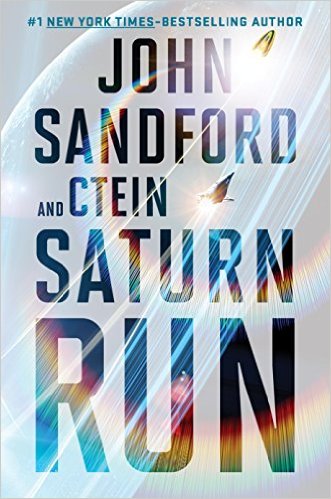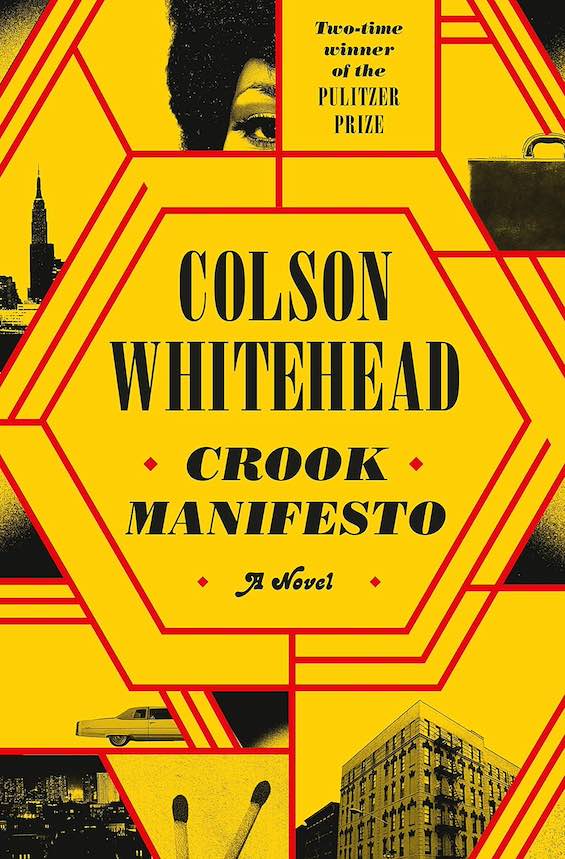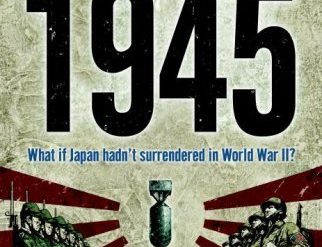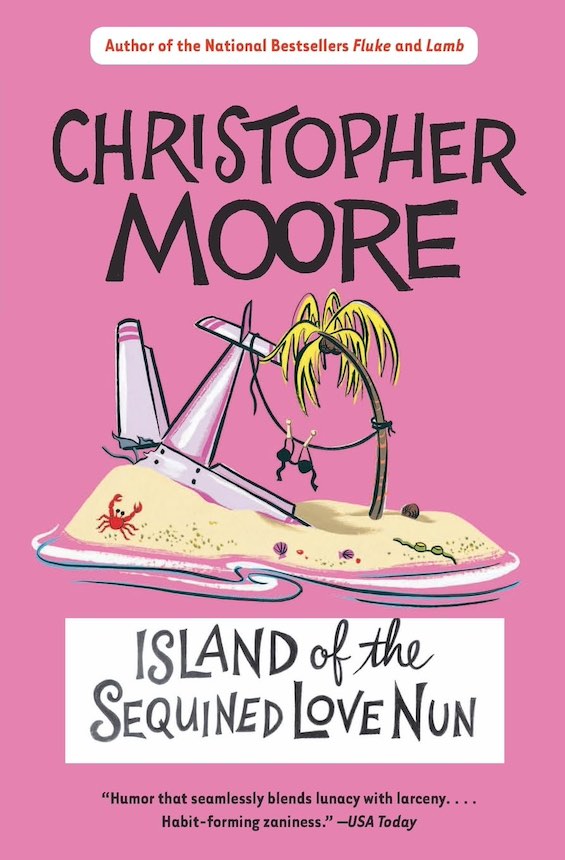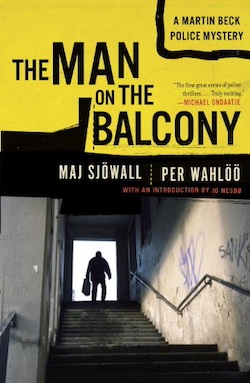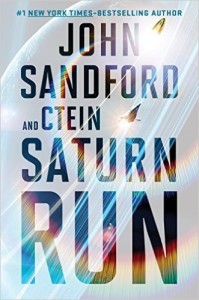
H G Wells in War of the Worlds, Steven Spielberg in Close Encounters of the Third Kind, and countless other authors and filmmakers have imagined what First Contact with an alien race might be like. Get ready now for Saturn Run by John Sandford and Ctein, a novel about First Contact that paints a picture that’s entirely different from anything else you’re likely to have come across.
Estimated reading time: 3 minutes
This book is full of surprises — so many that merely to summarize the plot would be to spoil the story. Suffice it to say that this tale, which begins in the year 2067, describes humanity’s first contact with civilization from beyond the Solar System. However, Saturn Run is “hard” science fiction, based on proven science and engineering, with as little speculation as possible.
Because of Sandford’s skill in plotting and character development, the novel is a superior example of the genre. However, for a klutz like me with zero mechanical ability and only the most rudimentary understanding of science, I found myself getting bogged down in what seemed to be interminable passages about the technical side of the story. Sandford and Ctein could have been a lot kinder to general readers like me by taking a red pencil to most of that and compressing the book into a shorter and faster-moving story.
Saturn Run by John Sandford and Ctein (2015) 491 pages ★★★★☆
John Sandford — a pen name for John Roswell Camp — is one of America’s best-selling crime writers. He’s the author of forty-two novels and three books of nonfiction (Sandford is a former journalist). Ctein, who looks like a refugee from Game of Thrones, is a photographer (he calls himself an artist) and an English and Physics graduate of CalTech who has written more than 500 articles.
In a lengthy Authors’ Note at the conclusion of Saturn Run, the two men go into considerable detail to explain the scientific basis of virtually all the technical aspects of their novel. Apparently, Sandford had the original idea for the novel, and Ctein supplied the scientific know-how. I got the impression that Sandford bent over backwards to give Ctein equal time — or, rather, an equal number of pages. The book could have benefited greatly from a less even-handed division of labor.
For related reading
For more good reading, check out:
- These novels won both Hugo and Nebula Awards
- The ultimate guide to the all-time best science fiction novels
- 10 top science fiction novels
- The top 10 dystopian novels
- Eight new science fiction authors worth reading now
- The five best First Contact novels
You might also check out Top 10 great popular novels.
And you can always find my most popular reviews, and the most recent ones, on the Home Page.

